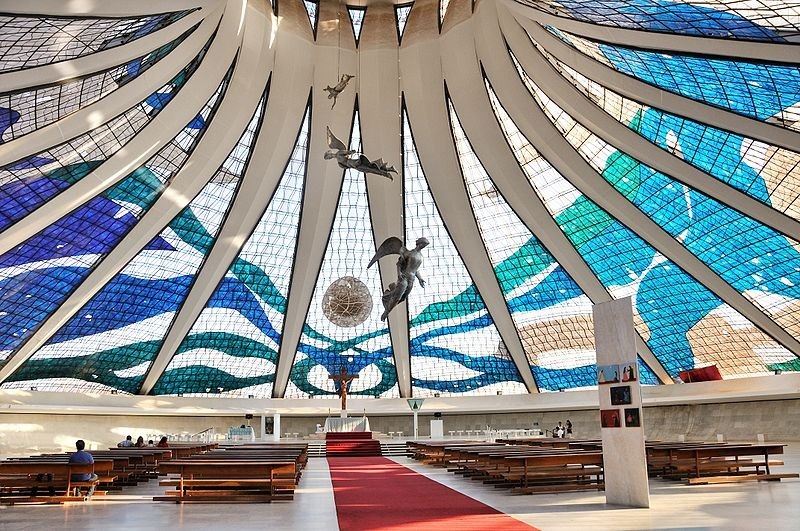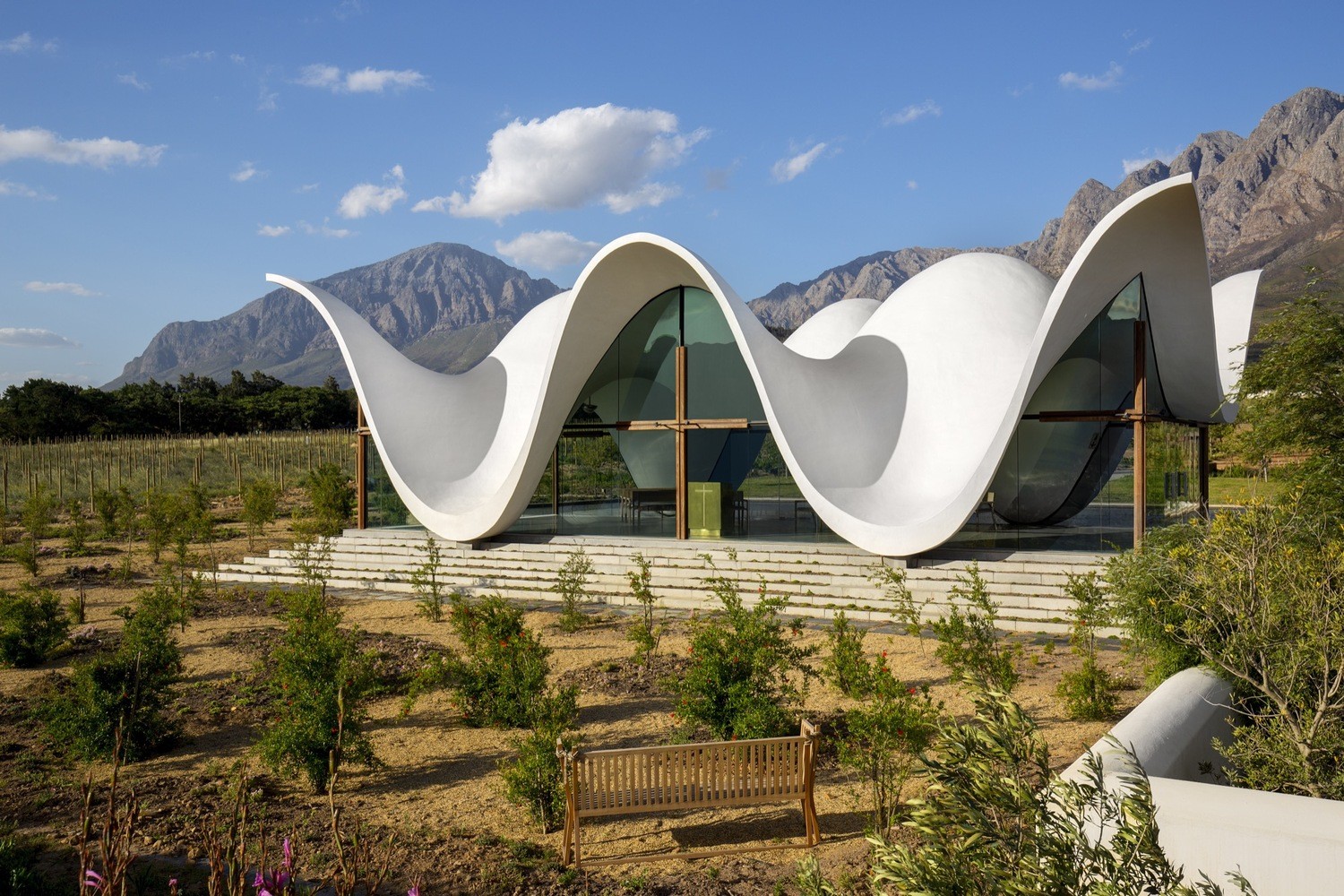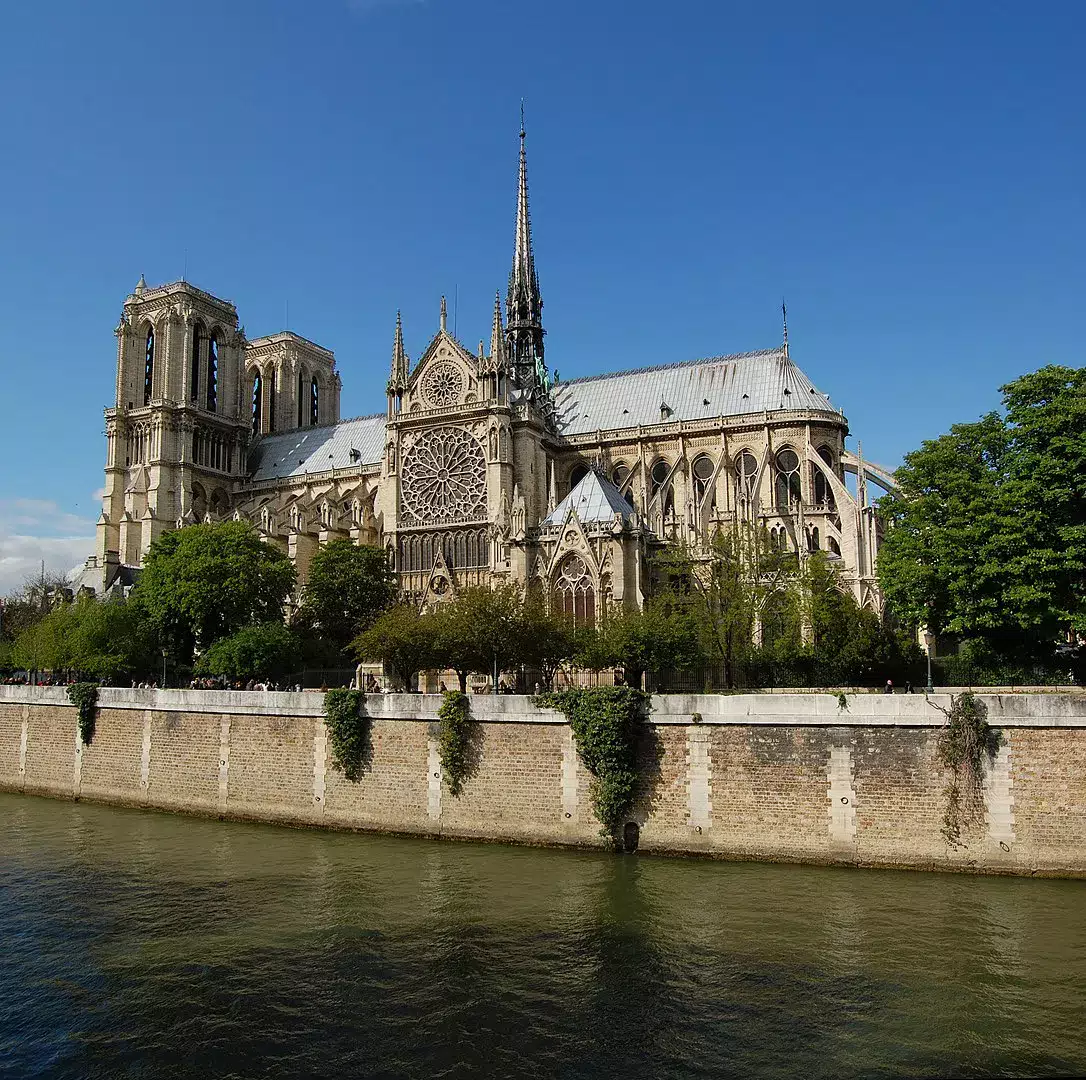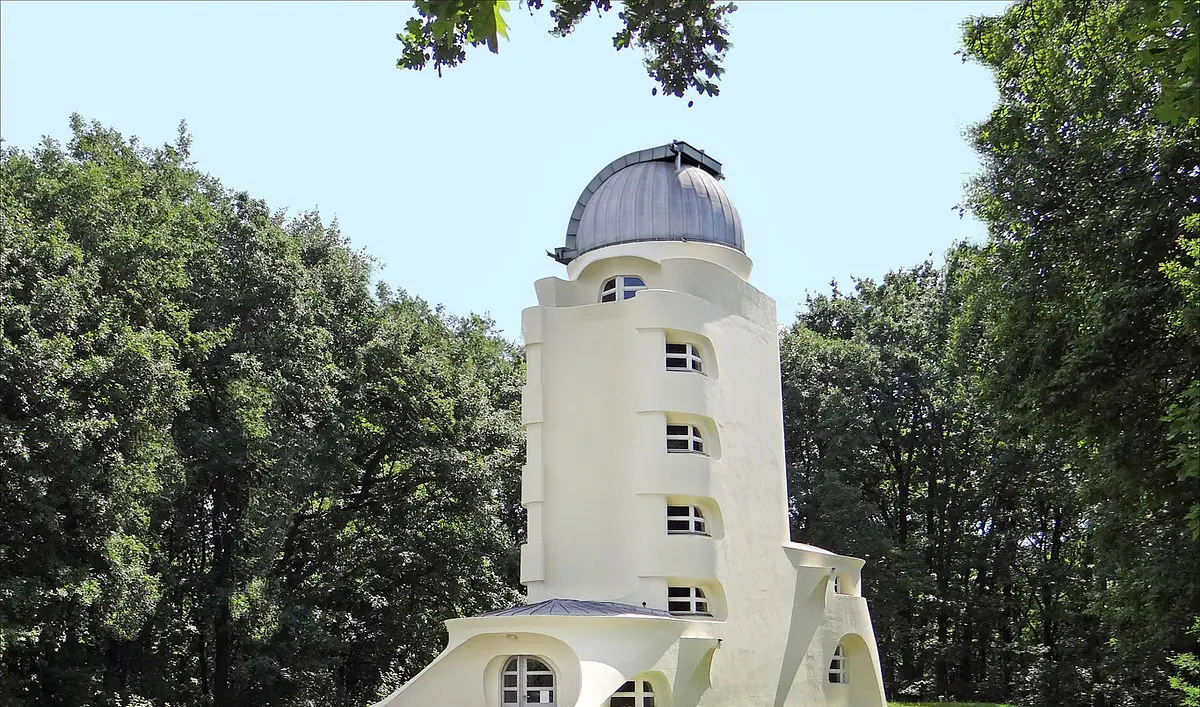The Statue of Liberty is considered one of the most iconic structures in the world, and its symbolic significance is deeply embedded in American culture. It graces the stunning landscape of New York City and is a symbol of American values and commitment to freedom and democracy. The statue was a gift from France to the United States and was completed and unveiled to the public in 1886.
The history and architecture of the Statue of Liberty is characterized by Gustave Eiffel‘s design and Frédéric Auguste Bartholdi‘s artistry in shaping the statue. The statue represents the “Statue of Liberty”, a bronze figure of a woman holding a torch in her right hand and a book in her left. At the bottom of the statue is inscribed the history of the American Declaration of Independence.
This monument is considered an important milestone in America’s history. Although it was first presented as a gift representing American ideals of independence and freedom, over time it was also used to greet immigrants from around the world as they entered American soil. The spiritual value of the statue has made it much more than just an architectural structure.
The study of the Statue of Liberty requires an in-depth understanding not only of its architecture, but also of its symbolism and history. This statue symbolizes universal values such as freedom, democracy and human rights and represents the common aspiration of humanity. Therefore, the study of the Statue of Liberty is not only the study of a building, but also an attempt to understand important turning points in human history.
Let’s take a look at this magnificent structure that symbolizes the foundations of America.

Key points:
- The Statue of Liberty is a symbol of architectural achievementThe Statue of Liberty is a symbol of architectural achievement.
- The artistic intelligence and design details of the sculpture are impressive.The artistic intelligence and design details of the sculpture are impressive.
- About 4 million tourists visit the statue every year.
- The statue is recognised around the world as a symbol of freedom.
- The architecture and dimensions of the building are impressive.
Statue of Liberty History
The Statue of Liberty is a symbolic monument of the United States of America. The statue was completed and opened to the public on October 28, 1886.
History of the Statue of Liberty
Designed by French sculptor Frédéric Auguste Bartholdi, the statue was built in France and then transported to America in pieces. The construction of the statue was greeted with great enthusiasm by both the French and the Americans.
“The Statue of Liberty symbolizes the United States’ values of freedom, democracy and human rights.”
Meaning of the Statue of Liberty
The Statue of Liberty has become a symbol of American independence. While the statue represents individual freedom and democracy, it has also witnessed important events in the history of the United States of America.
Contributions of the Statue of Liberty
The statue was a symbol of welcome to the immigrants who came to America and encouraged them to start a new life. The Statue of Liberty is also a monument to important figures and events during America’s War of Independence.
Construction of the Statue of Liberty
| Date | Event |
|---|---|
| 1875 | Work began on the Statue of Liberty. |
| 1884 | The sculpture left France to move to America. |
| 1886 | The Statue of Liberty was completed and opened to the public in America. |
The history of the Statue of Liberty provides detailed information about its construction and its contribution to important events. The statue has remained important throughout history as a symbolic monument of the United States of America.
Sculpture Construction and Project Details
The Statue of Liberty is the product of a unique project. The construction process consisted of complex phases that required careful planning and meticulous work. This chapter will provide detailed information about the construction of the Statue of Liberty and the details of the project. From the materials used in the construction of the statue to the details of the architectural design, every detail will be examined.
Construction Phases
The construction of the Statue of Liberty required meticulous planning and organized work. The construction team followed several phases to ensure the successful completion of the project. These included raising the statue from its foundation, creating the interior and exterior structures, adding details and finishing touches.
During construction, every part of the Statue of Liberty was built with precision. A detailed plan and a perfectionist approach ensured a remarkable achievement in all phases of the sculpture.
Project Details
The project details of the Statue of Liberty form the core of its architectural design. The construction team worked on a detailed project plan, carefully designing each element of the sculpture. The project was conceived in multiple dimensions and played a key role in the finalization of the sculpture.
The project details contribute to the structural stability, aesthetic value and symbolic meaning of the sculpture. Each element, as part of the whole, creates a unique and impressive image of the sculpture, while at the same time guaranteeing the quality and durability of the project.
| Construction Phase | Project details |
|---|---|
| Foundation Building | Attention was paid to the depth and stability of the foundation. |
| Structure Construction | Internal and external structures were meticulously created. |
| Details and Construciton | The design details complemented the aesthetics of the sculpture. |
| Final Touches | The final form and details of the sculpture have been completed. |
This table presents the construction phases of the Statue of Liberty and the salient project details at each stage. Each phase contributed to the perfectionist construction of the statue.
Height and Dimensions of the Sculpture
The Statue of Liberty is known as an important example of sculpture. The sheer size and remarkable height of the statue leaves a deep impression on visitors. The statue is approximately 93 meters high from the base to the top. This height is emphasized by its extraordinary size and impressive stance.







Besides this, the other dimensions of the Statue of Liberty are also remarkable. The base of the statue is about 46 meters wide. The corners of the crown at the top are about 10 meters long from wrist to wrist. The weight of the statue is also remarkable. The total weight of the Statue of Liberty is approximately 204 tons.
The height and dimensions of the Statue of Liberty help visitors to better appreciate its magnificence. This statue has a great impact on people, emphasizing universal values such as freedom, justice and democracy.
Design and Meaning of Sculpture
The design of the Statue of Liberty was determined as a result of a competition in the late 19th century. Designed by the famous French sculptor Frédéric Auguste Bartholdi, the statue combines the symbolic meaning of the statue and the design elements used to create an impressive work of art.
The design of the statue includes symbolic figures chosen to represent the values of the Statue of Liberty, such as freedom and independence. The torch in the statue’s hand can be interpreted as the light of knowledge or the light of freedom. Also, the large book that the statue holds in its arms symbolizes knowledge, freedom and democracy.



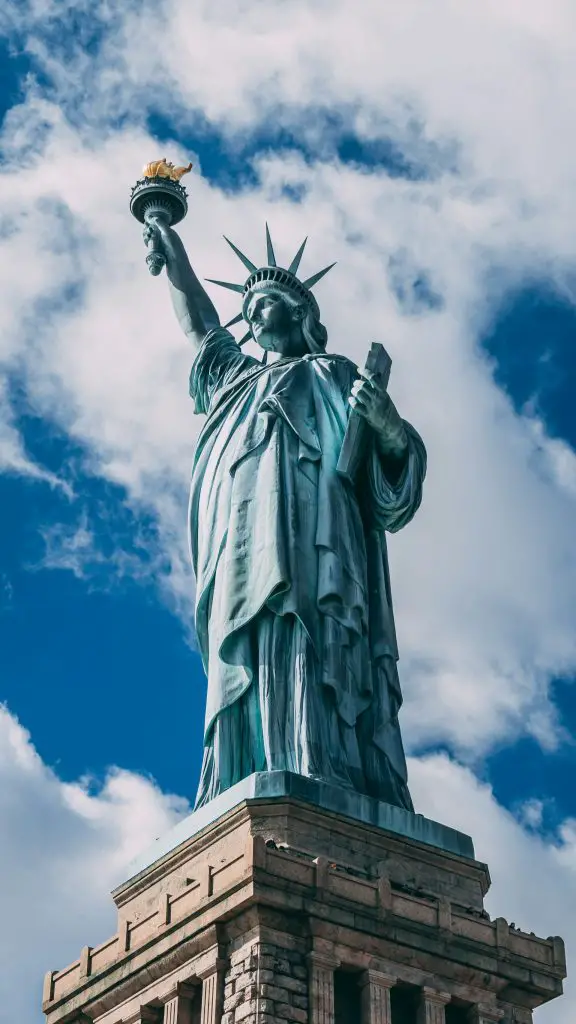
The Statue of Liberty is an artistic design as well as a powerful tool used to symbolize the values of a country.
Another important element of the design is the size of the statue. The height of the Statue of Liberty is known as 305 feet (93 meters) and is currently located on New York’s Liberty Island. This size increases the impact of the statue and leaves a strong impression on visitors.
The Design and Meaning of Sculpture:
| Design Element | Meaning |
|---|---|
| Torch in Hand | Freedom or the light of knowledge |
| The Book Held | Knowledge, freedom and democracy |
| Height | Impressive size and impact, making a strong impression |
The design and symbolic meaning of the Statue of Liberty has earned it worldwide recognition and made it one of the most iconic structures in the United States. The statue deeply affects people with its symbolism of universal values such as freedom, independence and democracy.
Material Use of Sculpture
The Statue of Liberty is a remarkable work in terms of the materials used for its construction. The use of various materials in the construction of the statue has produced both a significant technical achievement and an aesthetically impressive result.
The most important material of the Statue of Liberty is the copper that covers its outer surface. This copper coating gave the statue a strong and durable structure. It also contributed to the aesthetics of the statue with the shiny and pleasant appearance of copper.
The internal structure of the sculpture is built on an iron skeleton. This iron skeleton plays a critical role in ensuring the height and balance of the sculpture. The iron skeleton ensures that the sculpture stands firm and remains intact for many years.




The base and support system of the sculpture also contain important materials. Durable materials such as concrete and granite ensure that the sculpture sits on a solid foundation and is stabilised. These materials make the sculpture resistant to all weather conditions and contribute to a long-lasting structure. Durable materials such as concrete and granite ensure that the sculpture sits on a solid foundation and is stabilised. These materials make the sculpture resistant to all weather conditions and contribute to a long-lasting structure.
The materials used in the construction of the Statue of Liberty are both structurally and aesthetically successful. The combination of materials such as copper, iron, concrete and granite guarantees the statue’s durability and visual appeal.
| Material | Area of Use |
|---|---|
| Copper | Exterior surface of the sculpture |
| Iron | Internal structure of the sculpture |
| Concrete | Base of the statue |
| GraniteGranit | Support system of the sculpture |
Restoration Process of the Sculpture
The restoration process of the Statue of Liberty is a critical step in preserving the original appearance of the statue and passing it on to future generations. This process involves delicate work and a series of meticulously planned operations by a team of experts.
Stages of the Restoration Process
The restoration process of the Statue of Liberty consists of the following stages:
- Visual and structural analysis: First, the current condition of the sculpture will be examined in detail. A visual and structural analysis is carried out to determine the necessary restoration process.
- Cleaning: The dirt, stains and oxidation layers accumulated on the sculpture are carefully removed. This stage is carried out using special cleaning methods and materials.
- Restoration Processes: Damaged or missing parts of the sculpture are repaired or reconstructed. This stage requires precise craftsmanship and the use of authentic materials.
- Protection and Maintenance: After the restoration is completed, conservation and maintenance work is carried out to protect the sculpture from future damage. This includes the application of special coatings and periodic inspections.
Throughout the restoration process, the Statue of Liberty’s original design and aesthetics are maintained, while ensuring its structural integrity and durability. This emphasizes the importance of passing on the beauty and meaning of the statue to future generations
The restoration process is essential to the preservation of the Statue of Liberty and its transmission to future generations. This process ensures that the original design of the statue is maintained while repairing damage caused by the elements.
| Phase | Transactions |
|---|---|
| Visual and structural analysis | Analyzing the condition of the sculpture, determining the restoration requirements |
| Cleaning | Removal of dirt, stains and oxidation layers |
| Restoration operations | Repair or rebuild damaged or missing parts |
| Protection and care | Protect the sculpture from future damage and regular maintenance |
Social Impact of Sculpture
The Statue of Liberty is one of the most iconic symbols of the United States and has had a significant social impact over the years. Today, the statue is still recognized as a symbol of freedom, justice and democracy.
The social impact of the Statue of Liberty begins with the fact that as a visual symbol it evokes a strong emotion in people. People feel that the statue represents freedom and hope with its imposing stance and the torch in its famous hand. This effect is further strengthened when visitors interact with the statue.
It is also recognized as an important symbol for immigrants and refugees. Over the years, for many, the Statue of Liberty has represented hope in America and the desire to achieve freedom. That is why it is also meaningful that it is located close to immigrant reception centers such as Ellis Island.
The Statue of Liberty is a powerful symbol that embeds hope and freedom in people’s hearts. It is a unifying influence among people around the world, calling for equality, justice and freedom for all.




Moreover, the importance of the Statue of Liberty in popular culture and art cannot be ignored. It has become a figure frequently mentioned and represented in art forms such as film, music, poetry and painting. This has further expanded the statue’s social impact.
To summarize, the Statue of Liberty has a great social impact. It mobilizes people’s feelings of freedom, hope and justice, while also raising important issues such as immigration, equality and democracy. The Statue of Liberty is more than just a globally recognized icon that has a powerful impact on societies.
| The Social Impact of the Statue of Liberty | Features |
|---|---|
| Mobilising feelings of freedom, hope and justice | Visual symbolism, the statue’s pose and torch |
| An important symbol for migrants and refugees | Hope for America and the desire for freedom |
| It also has an important place in popular culture and art | Frequent representation in art forms such as film, music, poetry and painting |
Touristic Importance of Sculpture
The Statue of Liberty is an attraction of great tourist importance. It has become a symbol of New York City and attracts millions of tourists every year. Visitors come from all over the world to see this magnificent structure and experience the symbolic meaning that the statue brings.
This iconic monument is considered a symbol of freedom and democracy in the United States of America. By visiting the Statue of Liberty, tourists have the opportunity to witness an important symbol in American history. In addition, the design and aesthetics of the statue attracts art lovers and architecture enthusiasts.
This statue has also inspired many films and television programs. Many famous productions use panoramic views of the Statue of Liberty and its symbolic meaning. This makes tourists even more interested in seeing the statue.
The Statue of Liberty is a unique symbol in American history. It reminds visitors of the importance of freedom, democracy and human rights. Every tourist to New York City should visit this unique structure.
An Indispensable Stop on Trips to New York
The Statue of Liberty is one of New York City’s most famous tourist attractions and one of the main stops on many tours. Special tours are organized to visit the statue and it is at the top of many tourists’ lists.
The statue offers visitors a panoramic view. Its height and spectacular design complement New York’s unforgettable skyline. Visitors can enjoy breathtaking views of the city from the top of the statue.
The Statue of Liberty is a must-visit icon for tourists to complete their New York experience. It is the perfect stop for anyone who wants to understand American history and make unforgettable memories with an unforgettable view.
| Touristic Importance of Sculpture | Description |
|---|---|
| Attracting tourists | The Statue of Liberty attracts tourists from all over the world. The statue is the centre of attention because of its importance in American history and its aesthetic value. |
| One of the main stops on the New York tour | The Statue of Liberty is one of the indispensable stops on a trip to New York City. It is included in the program of many tours. |
| Panoramic View | Visitors who climb to the top of the statue can enjoy a spectacular view of New York City. It offers an unforgettable experience. |
| Use in movies and television | The Statue of Liberty has appeared in the background of many famous movies and television programs. This has led to an increased interest in seeing the statue. |
Photo and Impressions of the Sculpture
The photo of the Statue of Liberty reflects its uniqueness, along with the strong impressions people have when they see it. This statue is one of the most famous landmarks not only in the United States but also in the world. Visually impressive, it offers visitors a unique experience and creates unforgettable memories.
The photograph of the statue offers a symbolic expression that reflects the expected movement, freedom and power. The size and impressive stance of the Statue of Liberty leaves a deep impression on visitors. The design of the statue, strikingly representing the themes of freedom and hope, makes people look at it in a mesmerizing way.
The photograph of this impressive sculpture is a testament to artistic intelligence. Photographs of the statue from various angles emphasize its majesty and detail. The fine craftsmanship, precision in design and aesthetic value of the Statue of Liberty can be felt through the photographs.
Impressions of Sculpture
When I saw the statue I had an emotional moment. It was impossible not to feel a sense of freedom and hope. I cannot forget that moment.
The Statue of Liberty is a landmark that resembles a photo frame. This statue has been the backdrop for many travel photos over the years. Tourists experience the feeling of freedom while posing in front of the statue and share their photos to remember these moments.
The photo and impressions of the Statue of Liberty show how this unique statue makes an impact on people. As the statue is a work of art that embodies the themes of beauty, freedom and hope, it is bound to leave an unforgettable impression on viewers.
Sights of the Statue
The Statue of Liberty is famous for the many attractions it offers to travelers. Visitors can discover impressive sights and have an unforgettable experience. Here are the attractions of the Statue of Liberty:
1. Base Platform of the Sculpture
We recommend climbing to the base platform of the Statue of Liberty. From here you can see the statue in all its impressive splendor and enjoy the view. You can also take a closer look at the architecture of the statue and discover its design details.
2nd Observation Point
The observation point at the top of the statue offers a spectacular panoramic view of New York City. From here, you can see Manhattan’s unique skyline, Liberty Island and other landmarks around it. This spectacular view gives visitors a breathtaking experience.
3. The Stairs of the Statue
The stairs inside the sculpture allow visitors to explore the internal structure of the sculpture and access the exhibition space beneath the sculpture. While climbing the stairs, you can visit the exhibition with interesting information about the history of the sculpture and the process of its construction.




4th Perimeter Park
Located around the Statue of Liberty, the park is a great place to relax and have a pleasant time. It is an ideal setting for those who want to have a picnic, take a walk or just enjoy nature. You can also explore other sculptures and works of art in the park.
5. Restaurants and shops next to the statue
There are many restaurants and shops near the Statue of Liberty. To make your visit enjoyable, you can visit these places, buy special souvenirs and enjoy delicious food.
| Attractions | Description |
|---|---|
| Base platform of the sculpture | The base platform at the top of the sculpture offers a spectacular view. |
| Observation Point | From the observation deck at the top of the statue, you can see a panoramic view of New York City. |
| Stairs of the Statue | Stairs inside the sculpture provide access to the exhibition space below. |
| Environmental Park | The park surrounding the statue is a great place to relax and enjoy nature. |
| Restaurants and shops near the statue | There are many restaurants and shops near the statue, offering visitors a variety of options. |
When you visit the Statue of Liberty, don’t forget to explore these attractions. Each one will offer you a different experience and you will be mesmerized by the impressive atmosphere of the statue.
Artistic Features of Sculpture
The Statue of Liberty is not only a historical landmark, but also an eye-catching piece of art. This statue manages to impress those who see it with its architecture and aesthetic value.
The artistic design of the sculpture is recognized for its originality and uniqueness. It is admired by art lovers for its unique details and flawless form. The meticulously crafted surfaces and striking stance of the sculpture reflect artistic intelligence and mastery.
The materials used in the design of the Statue of Liberty have a great influence on its aesthetics. The Statue of Liberty is made of durable materials such as bronze and iron, and these materials help the statue to maintain its longevity and artistic value.
A detailed artistic study of the Statue of Liberty is important to understand the deep meaning behind its design and the emotional expression of the artist. Each part of the sculpture is assembled with carefully selected details, resulting in an impressive artistic creation.
Summary of Artistic Characteristics of Sculpture
- Heykel, benzersiz ve özgün tasarımıyla dikkat çekmektedir.
- Sanatsal zekayı ve ustalığı yansıtan titizlikle işlenmiş yüzeylere sahiptir.
- Kullanılan malzemeler, heykelin estetiğini ve uzun ömürlülüğünü desteklemektedir.
- Özgürlük Heykeli, çağdaş sanatın en iyi örneklerinden biridir.
- Heykel, sanatın gücünü ve özgür ruhu temsil etmektedir.
- Her bir detay, sanatçının duygusal ifadesini yansıtmak için özenle seçilmiştir.
Özgürlük Heykeli Hakkında Sıkça Sorulan Sorular
- What are the materials used in the construction of the Statue of Liberty?
- The outer shell of the sculpture consists of copper plates. The inner part is supported by an iron skeleton. The foundation is made of granite.
- What is the height of the Statue of Liberty?
- The total height of the Statue of Liberty is approximately 93 meters, measured from the base to the top. This height is calculated including the crown of the statue.
- How to get to the Statue of Liberty?
- Those who want to visit the statue can go to Manhattan in New York City and take the ferries from there to Liberty Island. The statue is located on Liberty Island.
- What is the symbolism of the Statue of Liberty?
- The Statue of Liberty symbolizes freedom and democracy. It represents enlightenment, especially with its blindfold and torch in its hand. It also emphasizes France’s support for the American struggle for independence and the friendship between the two countries.
- Do you know which author designed the sculpture?
- The Statue of Liberty was designed by French sculptor Frédéric Auguste Bartholdi. The inner skeleton of the statue was designed by Gustave Eiffel.
- When was the opening ceremony of the Statue of Liberty held?
- The unveiling ceremony of the Statue of Liberty took place on October 28, 1886. This date is considered the day the statue was officially opened to the public and put into use.
- How much does the statue weigh?
- The total weight of the Statue of Liberty is approximately 225 tonnes. This weight includes the statue’s iron skeleton and copper outer shell.
- What is the number of visitors to the Statue of Liberty today?
- The statue is visited by millions of local and foreign visitors every year. Although the exact number of visitors varies, the number of annual visitors is usually in the millions.
My Thoughts on the Statue of Liberty
The Statue of Liberty is not only a monument, but also a symbol of the universal values of freedom, democracy and human rights. Its soaring beacon gives hope and inspiration to people around the world, while every detail of the statue represents the sacred and eternal pursuit of freedom.
Since the late 19th century, this monumental work of art has been a shared heritage of humanity. Since its construction, the Statue of Liberty has become not only a symbol of the United States of America, but also a symbol of freedom and human rights around the world.
Today, visitors from around the world gather at the foot of the statue to feel the power of standing together for freedom and equality. From the past to the present, the Statue of Liberty continues to be a beacon of light for the common human desire for freedom and justice.
This mesmerizing work will keep alive our hopes for the common future of humanity. Freedom is a natural right for humanity, albeit one that has been shaken from time to time, and this statue symbolizes our belief and determination in this right. While reminding future generations of the importance of fighting for freedom and justice, the Statue of Liberty reinforces our commitment to the common values of humanity.
If you haven’t read it yet, you can also check out our review of Guggenheim Museum Bilbao – Architecture Expression…
Architect: Frédéric Auguste Bartholdi
Architectural Style: Neoclassical and Beaux-Arts style
Year:1886
Location: New York, United States of America
















